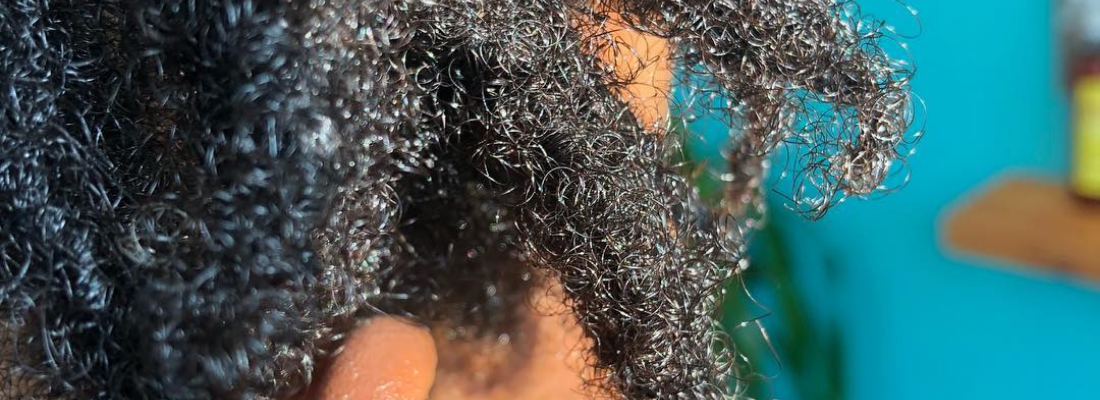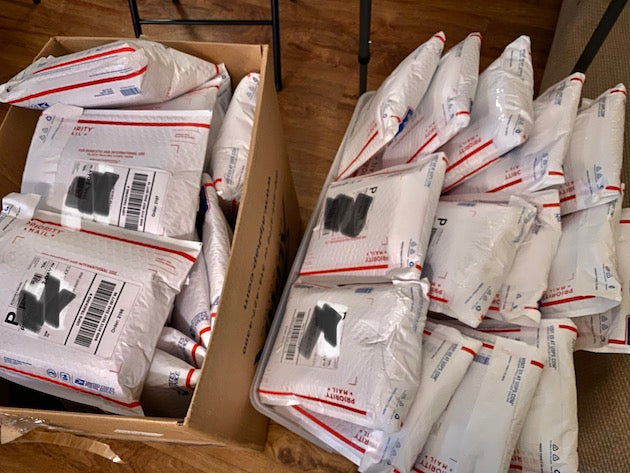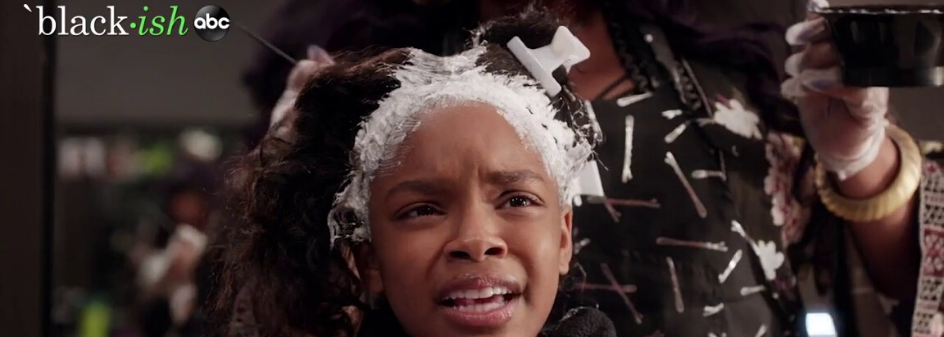Frizz and hair is always a topic, no matter the style, no matter the texture.
Our hair certainly has a personality of his or her own. As much as we try to constantly control the shape and outcome of our hair, as soon as we step outside it does it’s own thing. That’s because our hair responds to the climate, the temperatures, the air quality and so on. However, beyond the weather and climate, there are methods for preventing frizz, and if not getting rid of frizz entirely, there are techniques for at least controlling that frizz. Let’s look into all the potential causes for frizz to figure out how to prevent it!
Damaged or Dry Hair
Damaged or dry hair will cause your locs to break easily at the root and string up some frizz. This is usually caused by overheating your locs, under moisturizing your locs, or by using products who promise to treat, but in fact mistreat, your locs. In the case where your locs are exceptionally dry, find yourself a natural leave-in conditioner that is especially designed for locs, to avoid buildup, to properly hydrate your locs and to keep that frizz under control.
Cover Your Locs
Now obviously covering your locs is not a long term solution, but we're talking about while you sleep and hang around the house. Covering your locs with a satin scarf while you sleep will prevent your locs from losing its moisture and will keep your hairs in their proper place. When we don’t cover up our locs as a regular habit, we can end up with frizz along our locs.
Hair Texture Matters
If you have naturally curly, beautifully wild hair, then you will naturally have more frizz. However, as long as you take care of your locs as they grow, you will absolutely be able to handle and maintain that frizz control. Please don’t compare your hair texture and condition to others who seemingly have it easier, there’s no such thing. Just make sure you are amply taking care of your locs’ needs with natural, thoughtful loc care products. We also recommend that you look into interlocking if your frizz really bothers you. Interlocking is a good solution for those who can’t handle what might look like frizz, but is actually new growth.
After a retwist
After you retwist your locs, there shouldn’t be any concerns about frizz. If you want your retwist to last, and to look as good as when you left that salon, then we want to strongly encourage you to always thoroughly dry your locs. Half the reason why your locs look so good after the salon is because you sat under that hood dryer for at least an hour.
Make sure to always dry your locs, and cover them in the shower with a fabric and then a plastic covering. Don't just cover your hair with plastic during a rainy day or in the shower or bath. Plastic will create humidity around your locs and can cause frizz. You really want to prevent your hair from getting wet if you’re frustrated with frizz.
Palm Rolling New Growth
Have you been keeping up with your new growth maintenance routine? No ones pointing fingers over here, but if you start noticing your frizz levels have gone higher than that naturally frizzy look you were into, then maybe it’s time to start palm rolling your locs to direct your new growth to a new home. Keep in mind, rolling in the same direction without any slip ups is important. Rolling in the wrong direction will cause more frizz and may do more damage than you want to deal with. We only want to retwist our locs every 4-6 weeks. Don't retwist too often. As we mentioned earlier, retwisting habitually and too frequently will cause breakage. Breakage will create frizz and thinning locs.
Last Thoughts on Frizz
Sometimes we are used to box braids, or different hair styles, and expect our hair to behave in the same way as it did in those styles. However, your hair might not actually be frizzing, it could just be your curls growing in. Your new growth might be growing fast, and you might be used to kinky twists or box braids which you take out once that new growth starts to grow in, but it’s a different system with your locs. We love your new growth, which is not frizz, it's an awesome part of your locs coming in.
And finally, drying out hair properly is huge. If we dry our hair properly, then we avoid excess frizz. If you're in the budding phase, frizz is perfectly normal. If you're in the teenage phase, use the locking spray and the leave-in conditioner and twist from the root all the way to the end of the loc. Make sure your loctician is twisting all the way down during your teenage and early phase. Leaving out the ends will make your locs look frizzy. Just like you'd cater to a teenager how you’ll want to guide them on how to make decisions and behave, you’ll want to treat your locs with direction and assistance. Double clipping helps keep the entire loc straight and groomed, because when we groom, we're grooming the entire loc and not just the root.




